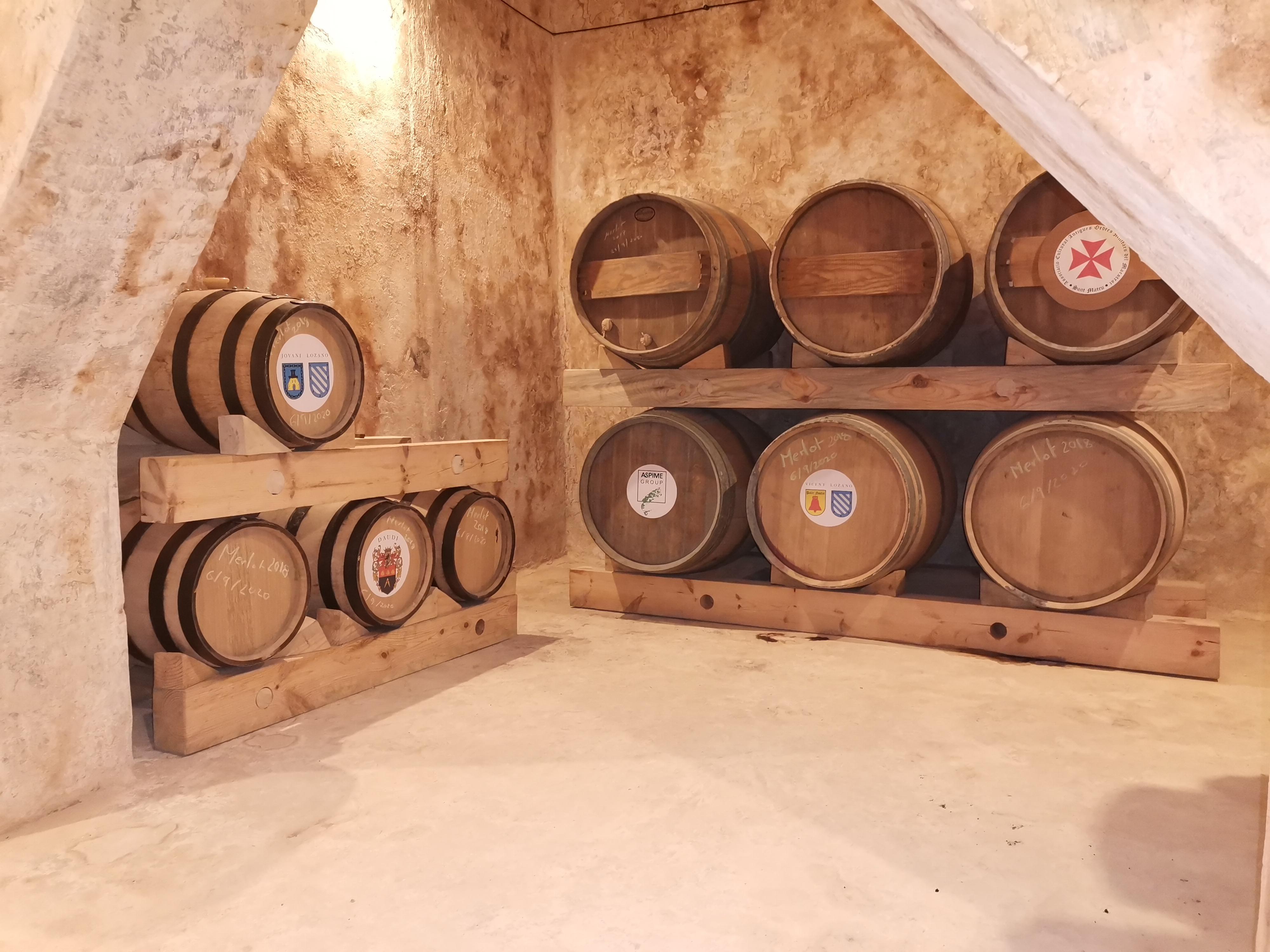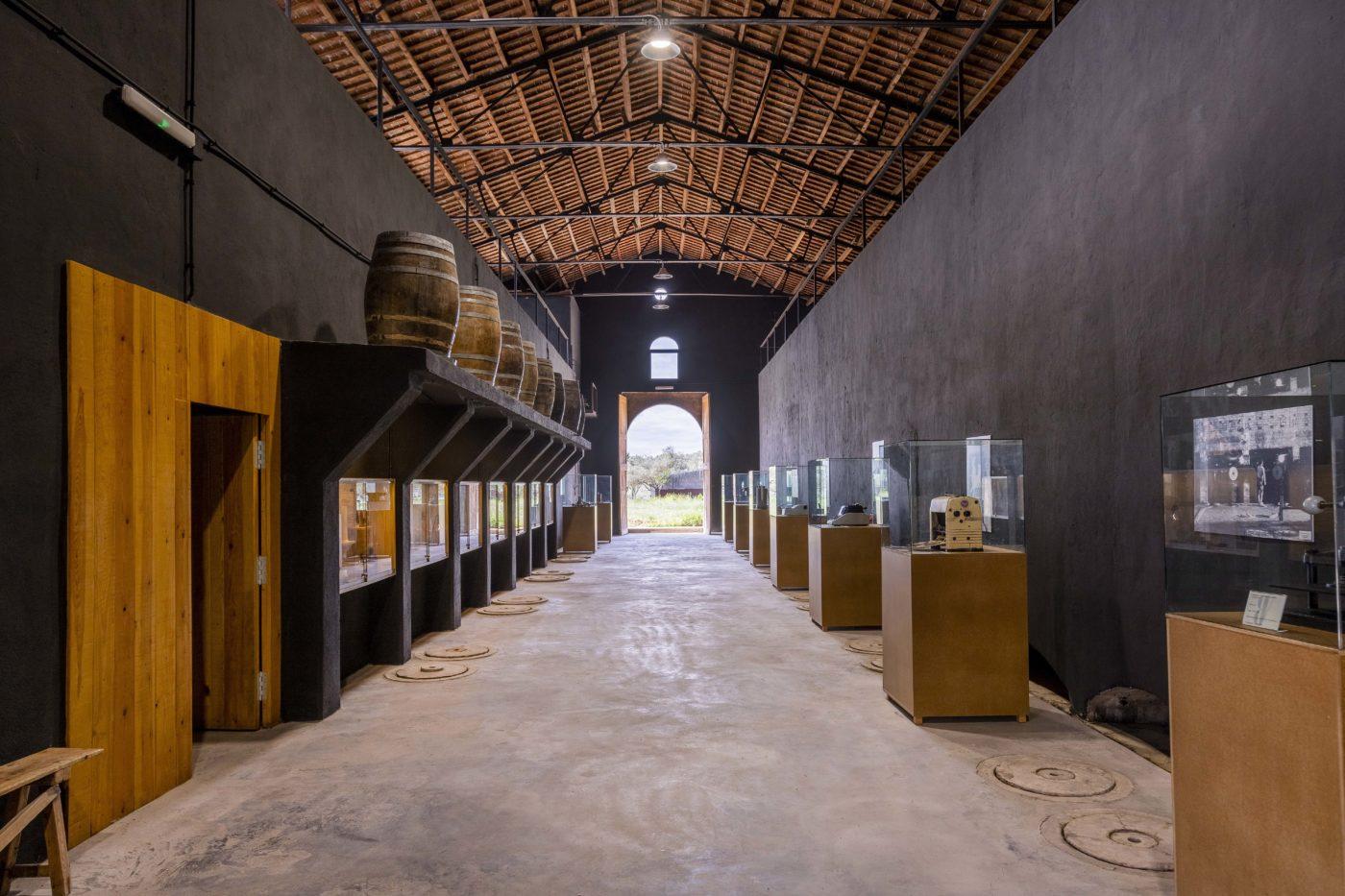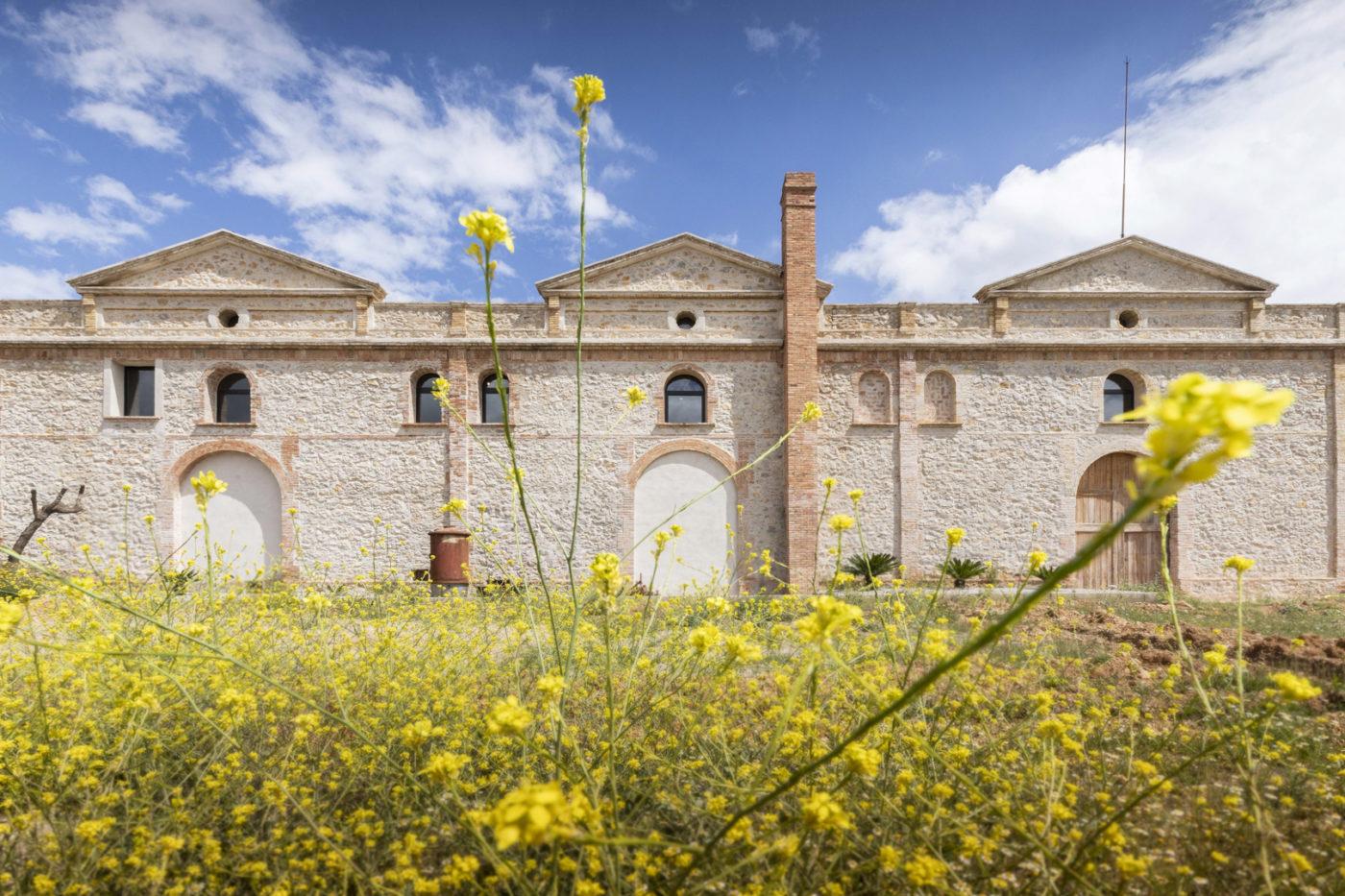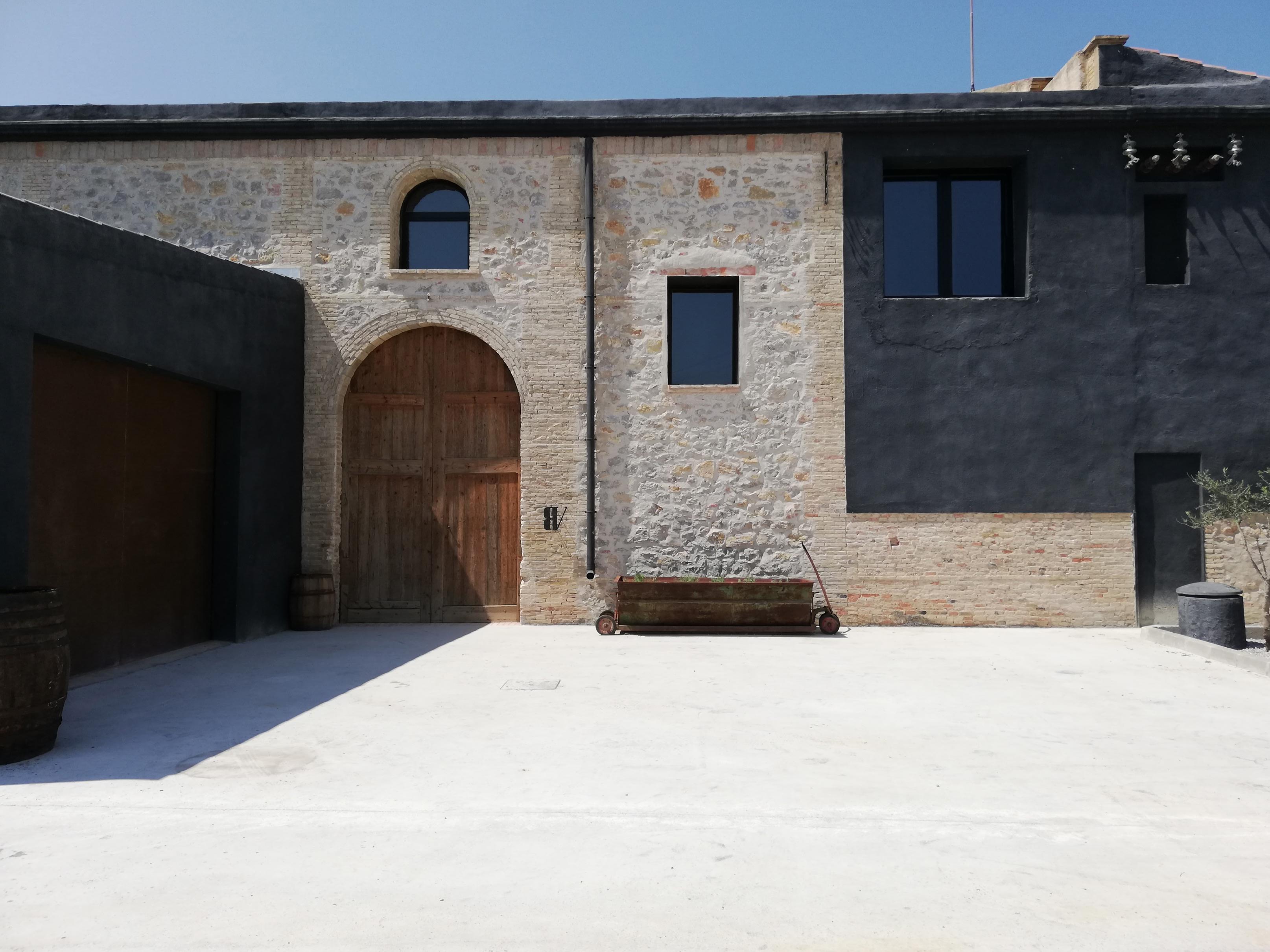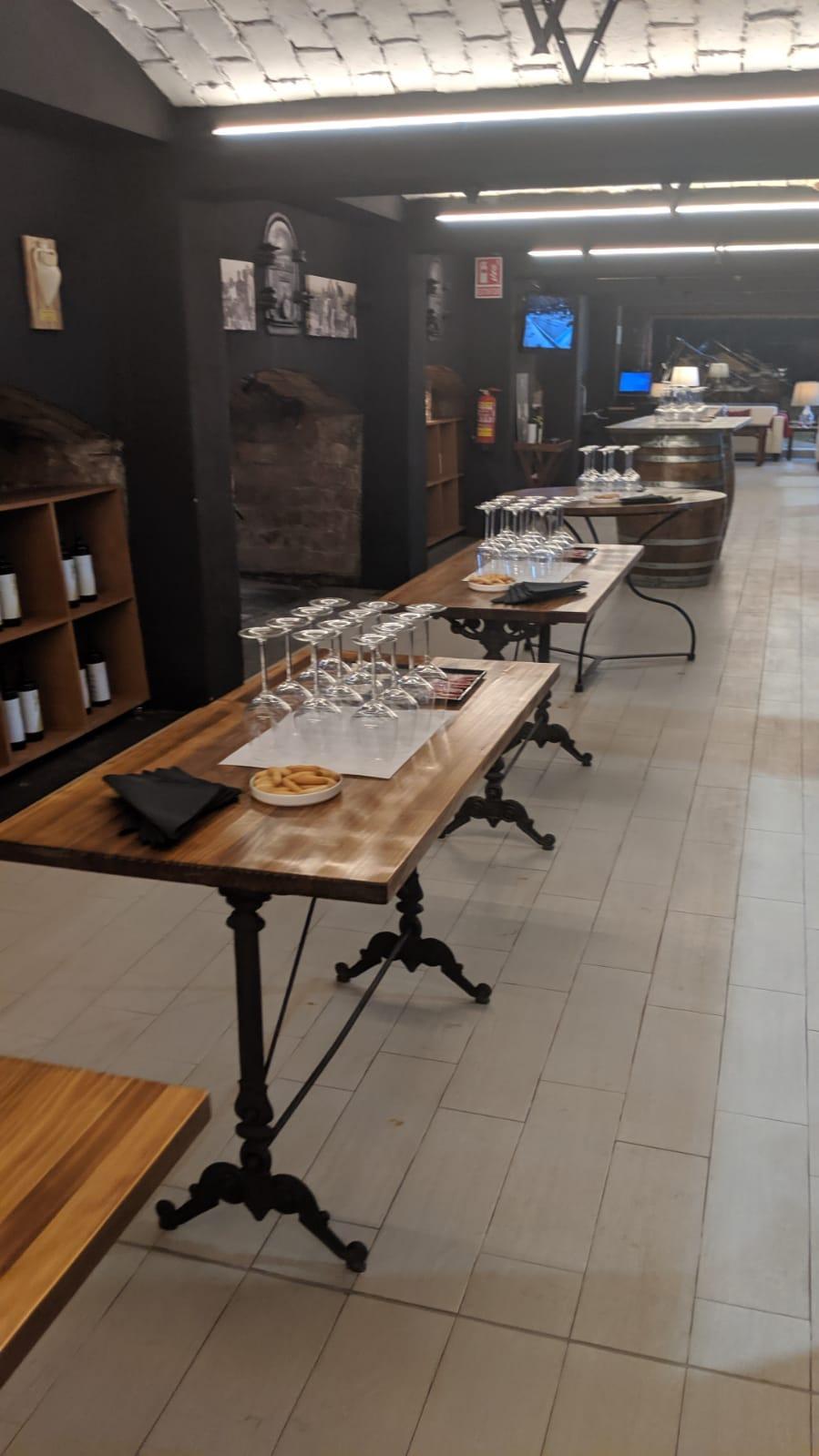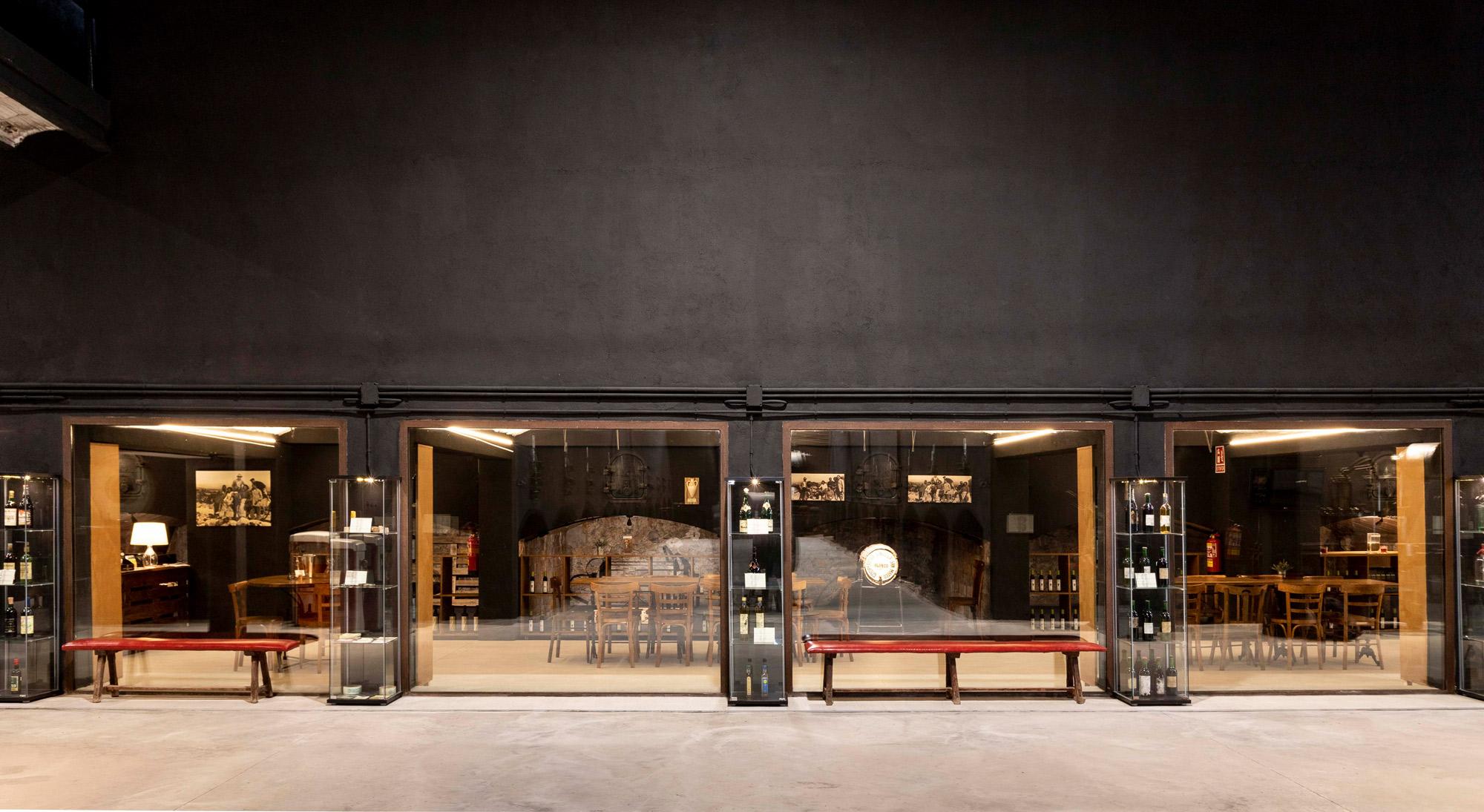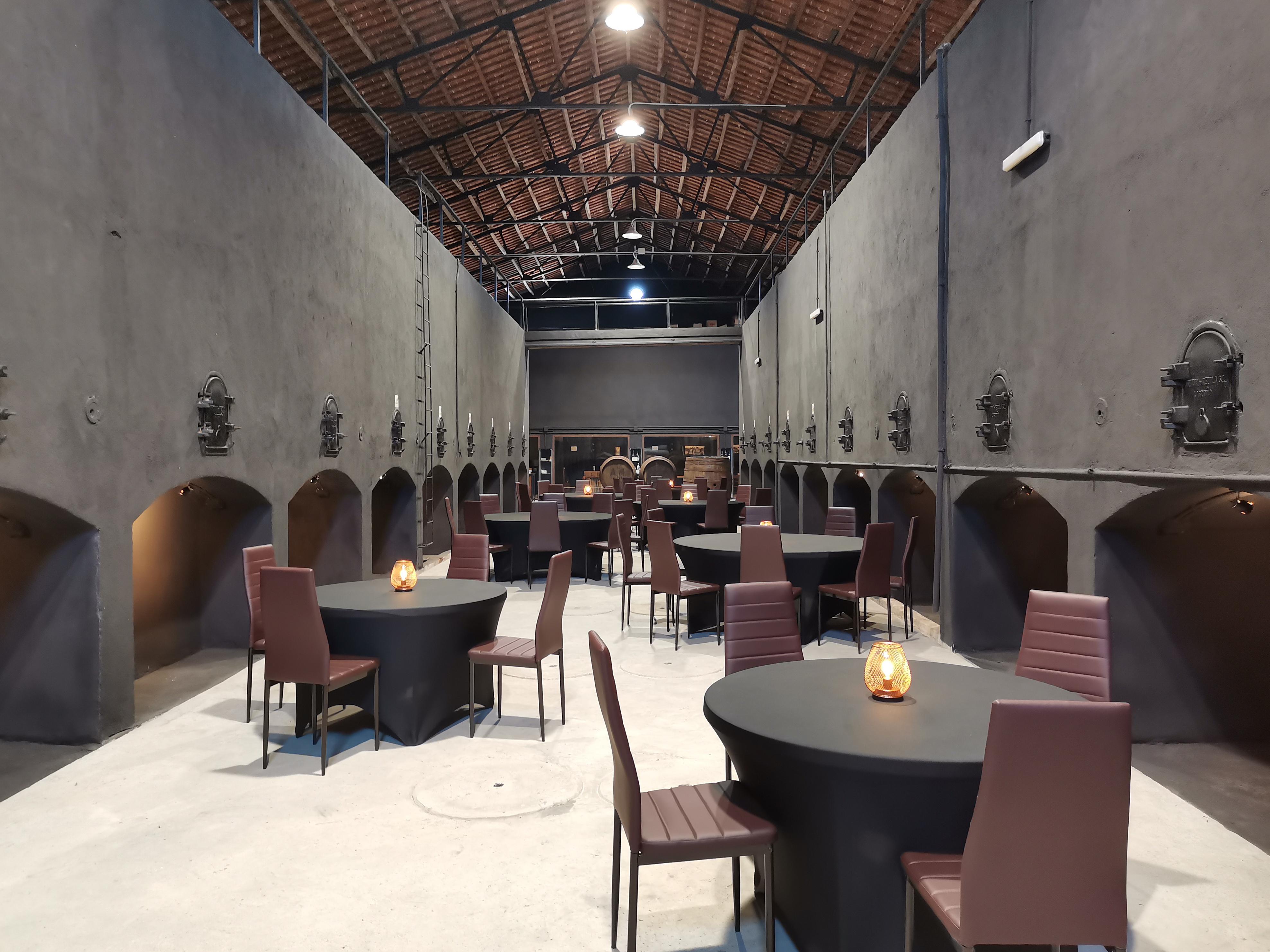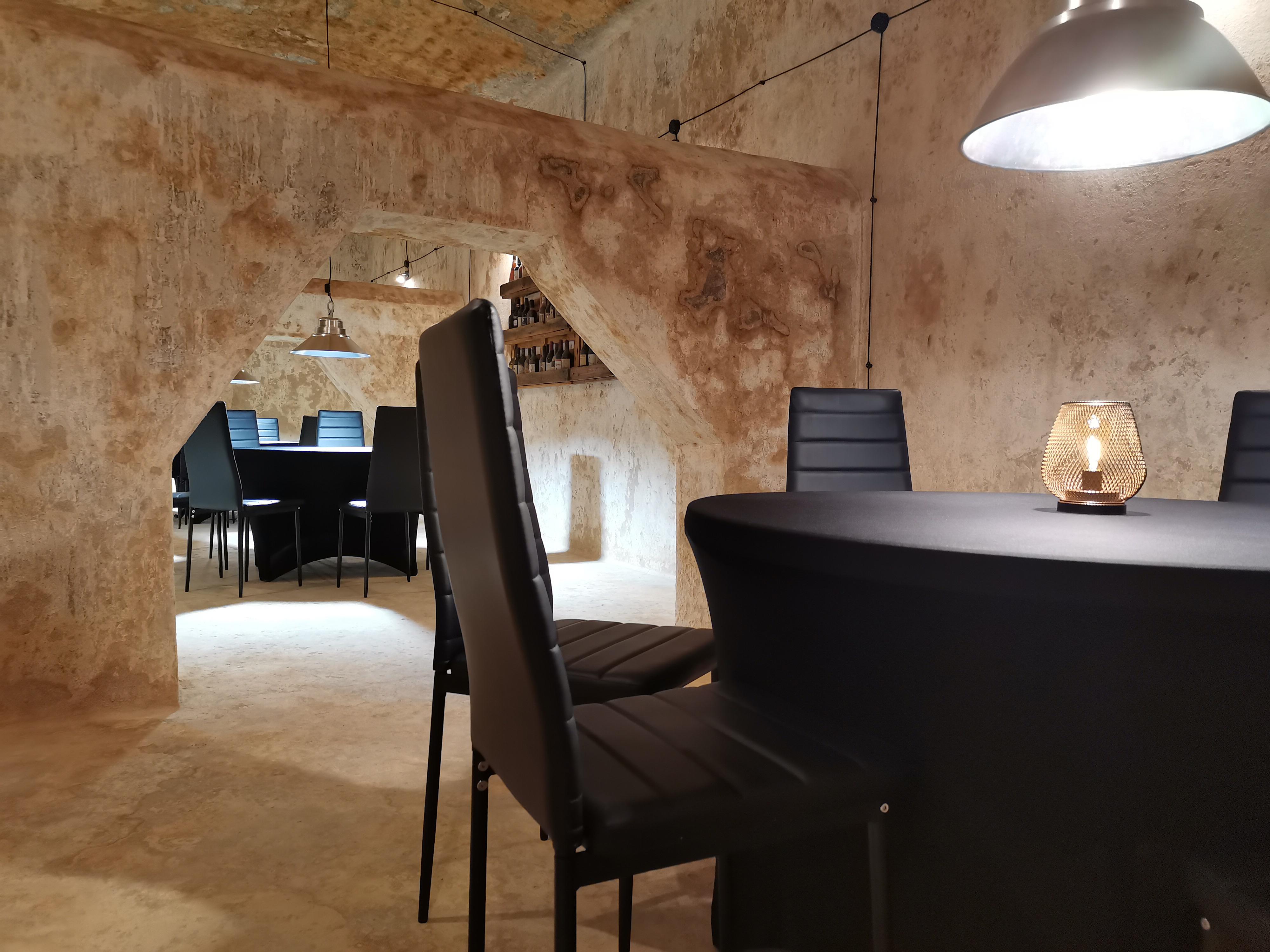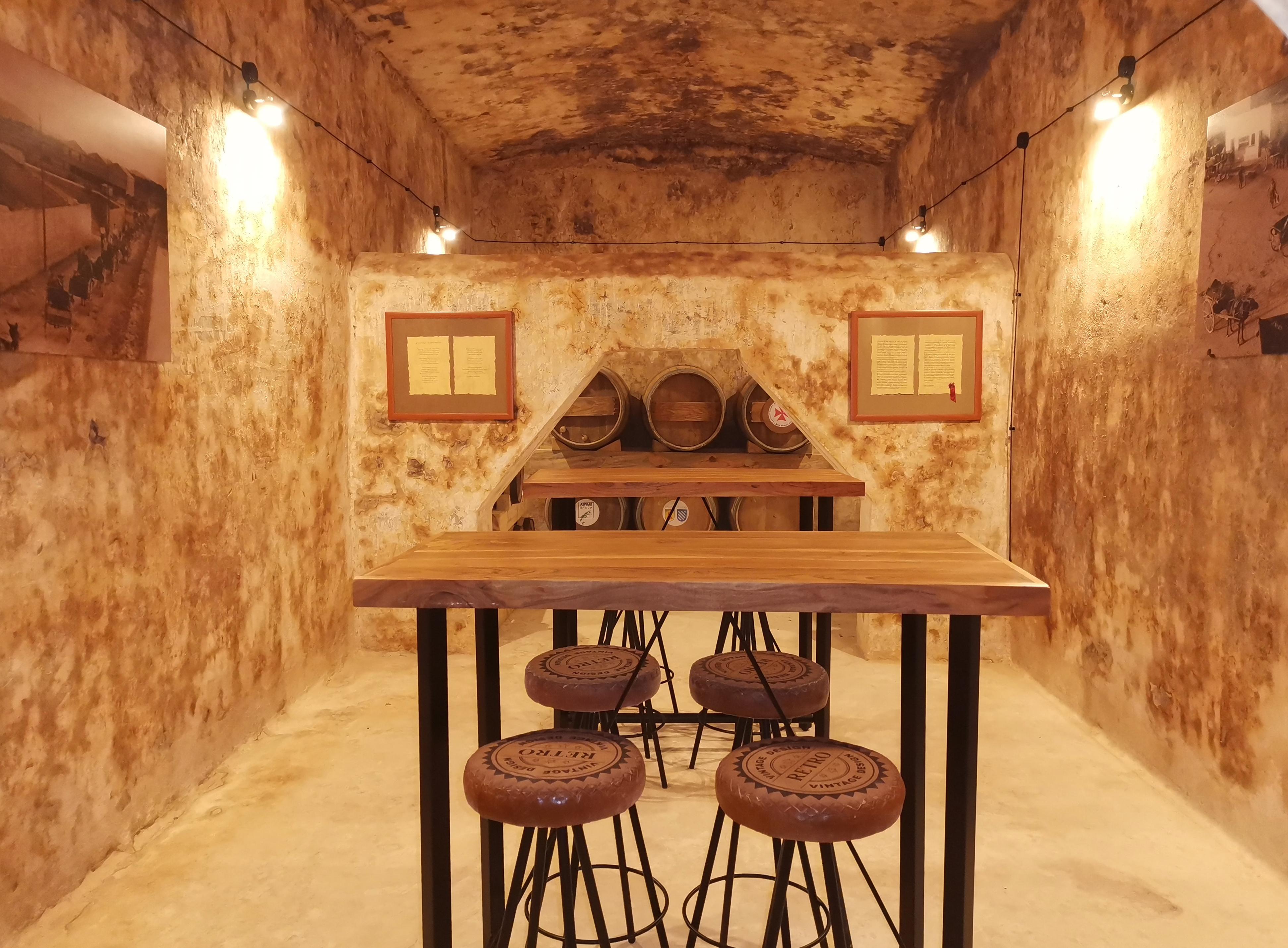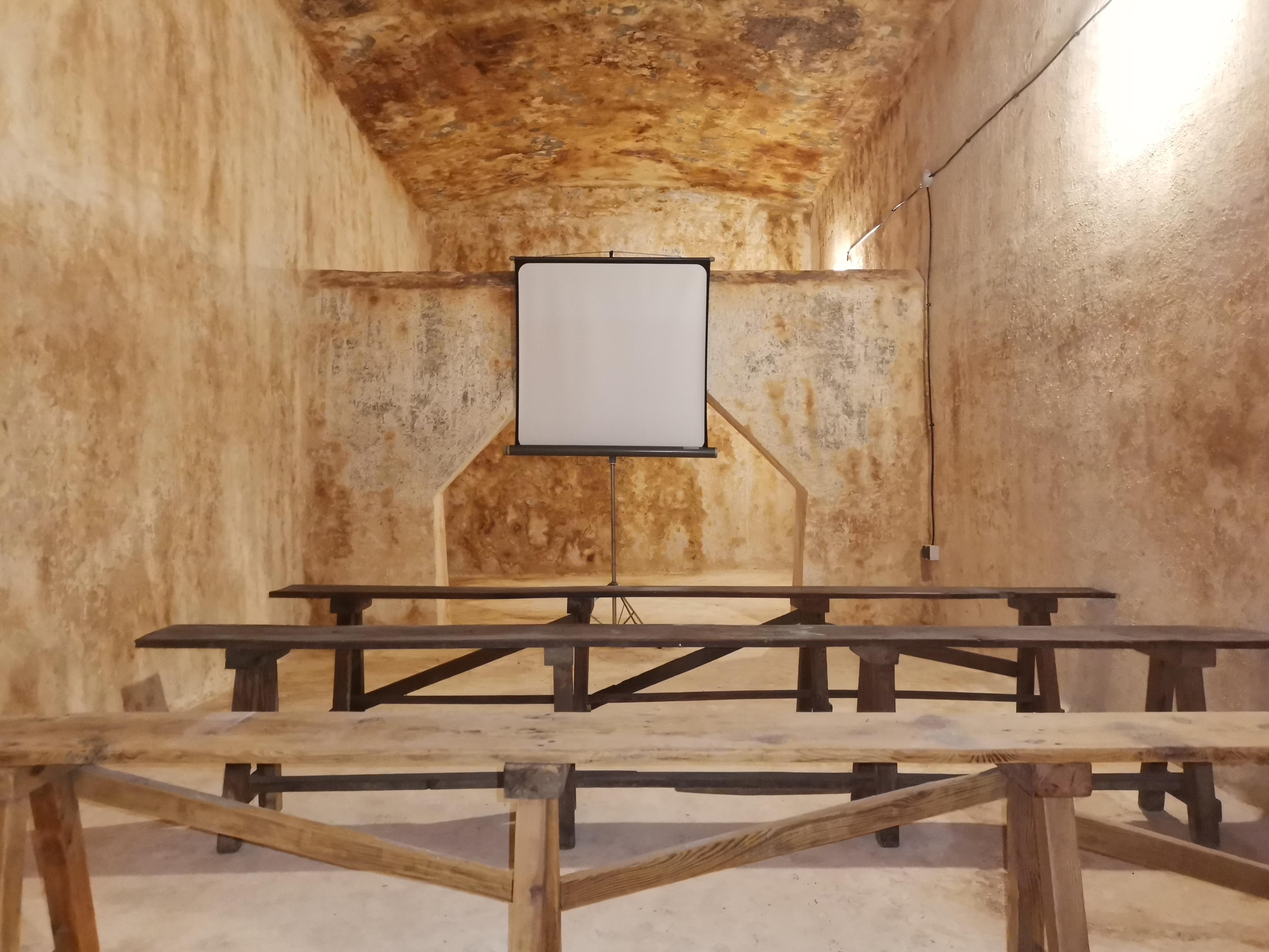This winery was officially established on 24/11/1945, under the name of COOPERATIVA AGRÍCOLA SAN ISIDRO - BODEGA VINÍCOLA SAN MATEO.
The deed for the new building was executed in 1953. This is the same year in which construction was completed and the first harvest was vinified in the new facilities. Subsequently, extensions were made to the site itself with other accessory buildings. This three-storey building has been declared a protected building by the Generalitat Valenciana, and is a beautiful example of the architectural style of the 19th century Industrial Revolution. It has been the subject of many architectural works.
This winery was a great production centre for the whole region, bringing together and centralising the harvests of many towns in the area of Sant Mateu, and giving the official name to the Sant Mateu Wine Region.
In its time it was the largest in the Valencian Community and is still the largest in the province of Castellón. In the 70s, a record of more than 7 million kilos in one harvest was registered.
It has 113 underground tanks or vats and 82 raised concrete vats for fermentation (according to the book "Plans and capacities" displayed in the winery).
It also has more than 100 metres of underground cellars that allow to access to the lower tanks and are currently used as wine ageing rooms and private rooms for Club Priveé and tasting sessions.
The brand names under which the wines were marketed were mainly VINO SAN MATEO and MAESTRAZGO, and their designs and logos can be seen in the museum's showcases.
The activity of this winery lasted uninterruptedly until 1984, when the winemaking activities ceased, mainly due to the new regulations and subsidy for grubbing up the vines and the consequent disappearance of more than 90% of the hectares of vines.
After several years of restoration and rehabilitation, our company reopened and inaugurated it on 9 November 2018, with a new and modern production plant as well as a museum and a wine interpretation centre, opening at the same time a large part of the history of an entire region.
Data
- Assegador de la Catarra, 2 - 12170 Sant Mateu
- Telephone: 964 416 436 / 673 216 280
- www.bvbbodegues.es
- [email protected]
